The machinery industry is undergoing a significant transformation, marked by a shift in production focus and market dynamics. In this era of globalization, where borders are becoming less restrictive, understanding the intricacies of market trends becomes paramount. Let's delve into the key aspects of the machinery industry's market analysis, with a particular emphasis on major markets.
I. Production Shift in Developed Countries
Developed nations are steering their production toward knowledge-intensive industries, gradually moving away from capital and labor-intensive products. The phenomenon of industrial relocation is particularly pronounced as capital and labor-intensive products find new homes in developing countries. This shift is influenced by various factors, including market potential and the evolving demands of these developing nations.
II. The Belt and Road Initiative (BRI) Countries
A. Economic Landscape
BRI nations present a dual profile: economic development levels may not be high overall, but growth rates remain stable. Additionally, these nations exhibit a resource endowment that, while generally modest, is characterized by abundant and concentrated fossil energy sources.
B. Industrialization Challenges
Governance and Industrialization:The overall governance and industrialization levels in BRI countries are relatively low. This presents both challenges and opportunities, as these nations face significant pressures for economic transition and require support in terms of technological training and market adaptation.
Technical Support and Market Trends:The need for technical support, training, and awareness of market trends is crucial for BRI countries. Adapting to different voltage standards, safety regulations, and environmental laws becomes a pivotal aspect for these nations.
III. European and American Markets
A. Criteria for Engagement
Reliability and Intellectual Property:European and American markets place a premium on reliability, safeguarding intellectual property, and adherence to contractual agreements.
Quality Standards and Supplier Background:Stringent quality standards, coupled with scrutiny of supplier backgrounds, histories, and reputations, are key considerations for these markets.
Customer-Centric Factors:Customer evaluations, post-sales services, and overall customer satisfaction play a vital role in determining the success of machinery suppliers in these regions.
Featured content:
What is a Roll Wrapping Machine used for?
How Construction Lift Platforms Reduce Accidents on Construction Sites
How Hydraulic Drilling Rigs Enhance Workplace Security
What is a doypack machine?
Exploring the Advantages of a 3D Cast Iron Welding Table
Water-Resistant and Explosion-Proof AC Slip Ring Motors for Harsh Environments
Welding Precision: Using Pipe Pinching Rotators for Seamless Pipeline Construction.
IV. Manufacturing Landscape in Developed Countries
A. Employment Trends
The internal manufacturing employment landscape in developed countries, such as the United States, is witnessing a continuous decline. The sector is experiencing a hollowing-out effect, with jobs gradually diminishing. However, within the European Union, particularly in the context of intelligent manufacturing, Germany stands out as a proactive player.
V. Conclusion
The machinery industry's market dynamics are evolving rapidly, driven by global economic shifts and the relentless pursuit of innovation. As developed nations reposition their manufacturing focus, developing nations grapple with challenges and opportunities presented by the Belt and Road Initiative. Meanwhile, stringent criteria in European and American markets underscore the need for reliability, quality, and customer-centric practices. In this dynamic landscape, the machinery industry must navigate a complex web of factors to thrive.
More articles:
Are Fiber Laser Cutting Machines the Future of Precision Manufacturing?
How Does Induction Heating System for Forging Work?
How Does a Sand Making Machine Work?
Featured content:How Commercial UV Sterilizers Improve Indoor Air Quality in BusinessesStreamlining Your Packaging Process: The Power of Fully Automatic Horizontal Wrapping MachinesThe Role of Flying Shear Quick Straightening and Cutter in Steel MillsBreathe Fresh: The Power of a Car Ozone Generator for a Clean InteriorUnleashing the Full Potential of Mobile Asphalt PlantsIndustrial Giants: Where Four-Row Cylindrical Roller Bearings ShineUniversal Spline Hobbing Machine: Shaping Precision Gears

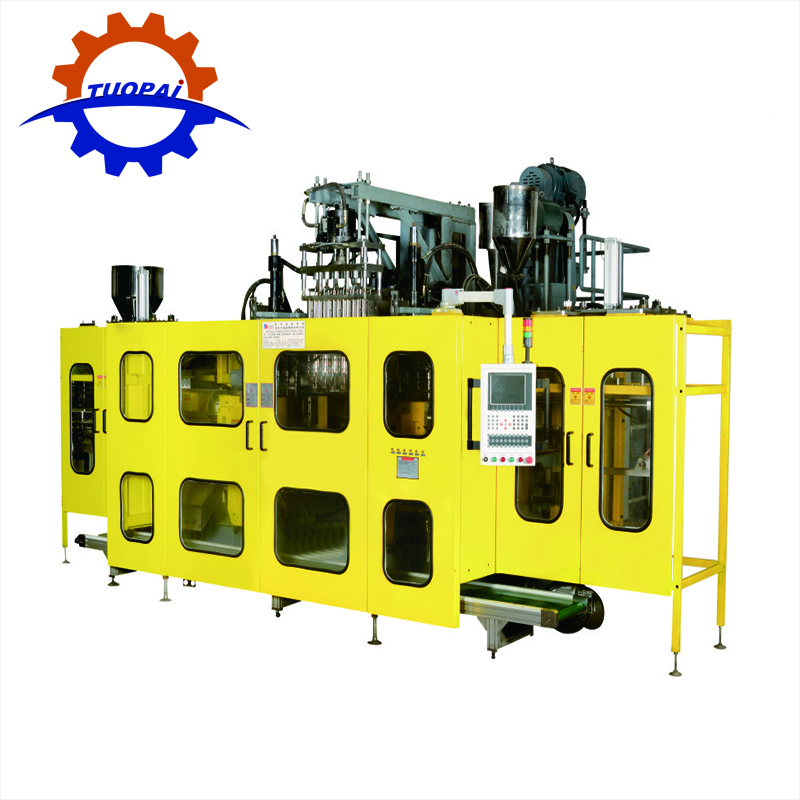
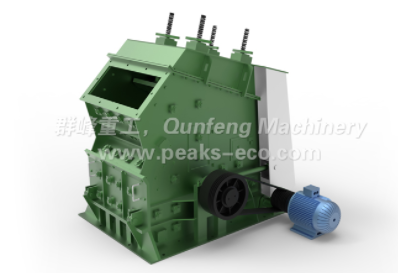
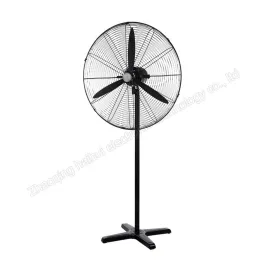
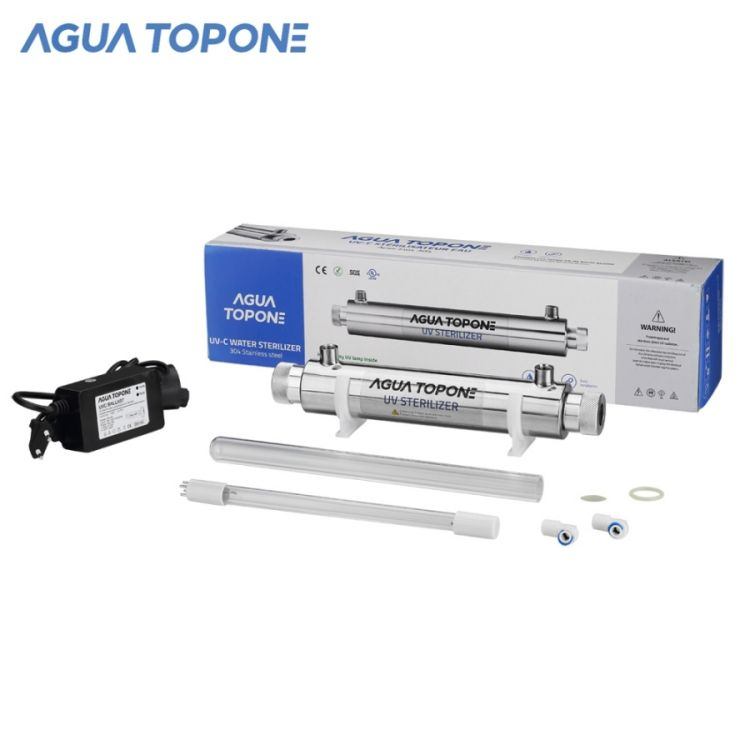
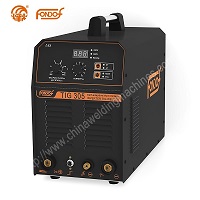
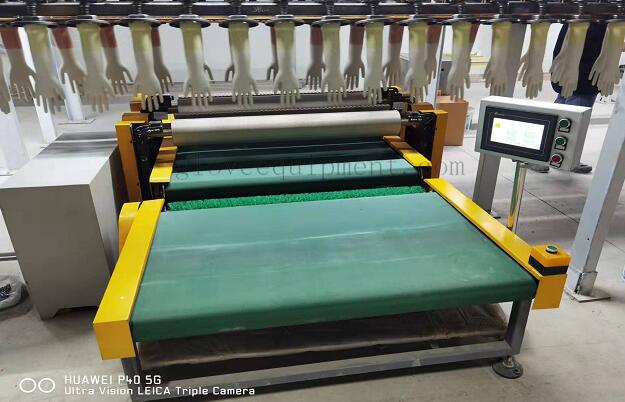
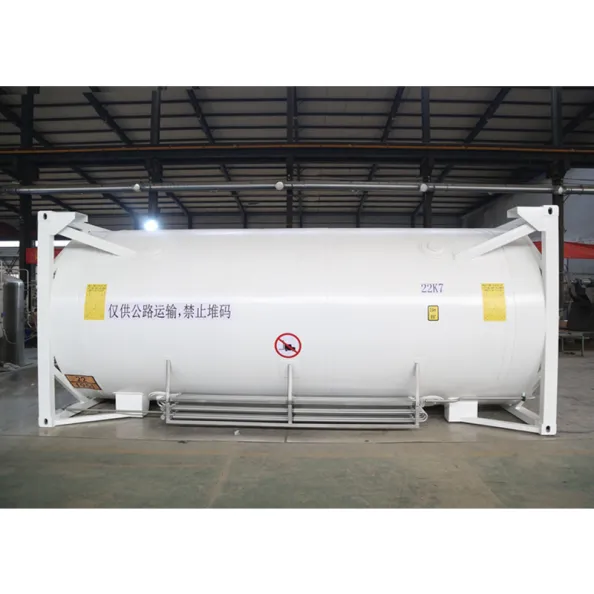
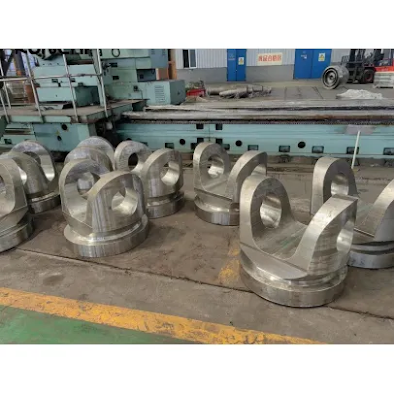
Comments
Please Join Us to post.
0